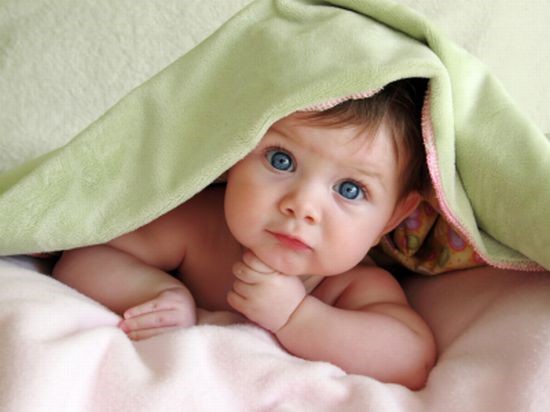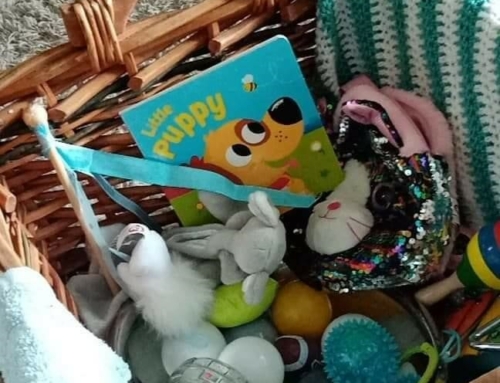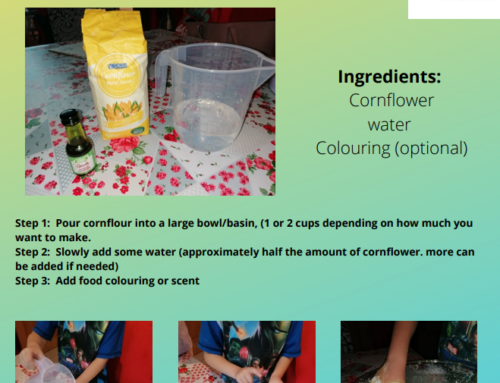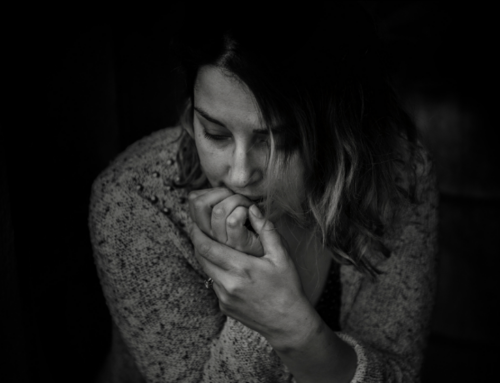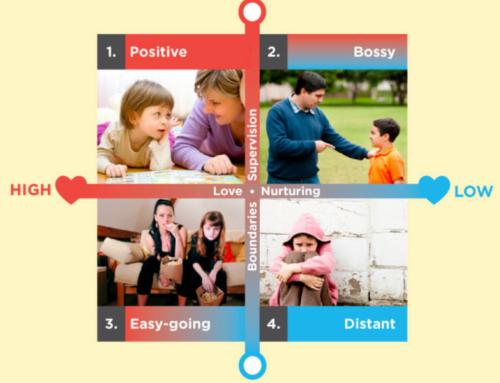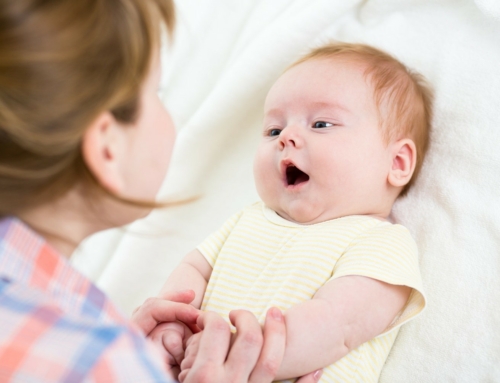Sometime between one and three years of age, your child may develop a special attachment to a blanket, teddy bear, or other cuddly objects. About 60% of toddlers in Western society develop such an attachment.
By one year a child’s sense of self is beginning to develop. She is now old enough to go get or ask for an object she wants. At this stage of her life, she is dealing with the transition from infancy to toddlerhood. During this transition period, children want to become more independent, yet they experience anxiety and insecurity in relation to their newfound autonomy.
The cuddly object provides feelings of comfort and security when needed.
The bond between the child and the object of attachment she has chosen is unique. It’s funny how a parent may pick the most beautiful teddy and try to encourage their child to like this one but they have no interest in it at all. No, your little toddler will probably decide they like the tattiest of teddy bears lying in the corner of the room that has been discontinued from all shops instead of picking the lovely fluffy colourful teddy that is easier to replace should it go missing or break in some way. It’s a personal choice and one the parent can’t control! When your child chooses her own cuddly object, she feels she has more control over her emotional experiences.
This topic is very close to me as my eldest girl Lucia got a pink bunny when she was born. This little bunny was a display bunny until one day Lucia wanted to play with the pink bunny. From that day on Lucia wanted the bunny all the time. She would rub the bunny’s ear as a comfort. Little did I know I would be looking at the very worn-looking bunny 7 years later! We called her ‘Ruffles’. Ruffles has been to the playground in holidays, lost down the town, and found again via Facebook, at nursery school, at nana’s house, aunties houses, soft play areas. You name it ‘Ruffles’ has been there. She has been stitched and refilled. She has been replaced by a blue bunny but Ruffles is always number one.
It’s great at the beginning having an attachment teddy or item as it helps your little one get to sleep or comforts them when they have fallen or miss mummy or daddy but it can be a bit of a pain when they get so attached that they can’t sleep without it! Ruffles now is part of our family and you wouldn’t see Lucia without her. But I am glad for Ruffles as it is something Lucia will always remember from her childhood and she now refers to her as being one of the family. I bought the other two girls a bunny when they were born but neither had the same attachment as Lucia did. My youngest girl uses her dummy in the same way. She is 2 now and I think the dummy fairy will have to make an appearance soon leaving us back to square one with no comforter.
As I have mentioned above your child will use the cuddly object when:
- They are tired or frustrated.
- When they are in a dark room and maybe don’t like it.
- they are in a new situation and their little cuddly object becomes their friend.
- They feel stressed or miss a certain family member.
Research indicates that children who use a favourite comforting object like to be cuddled themselves and show a preference for quiet activities. These children also have strong emotional reactions in both pleasurable and stressful situations. Many of them are highly sensitive.
What to do if your child’s favourite attachment object is lost or damaged.
- Have a backup – it won’t be the same but it could comfort your little one until they understand if the original is not coming back.
- In the case of a blanket – cut a bit of it off and store encase you lose the other.
- If the blanket is worn beyond repair sew a piece of the original onto a new blanket.
If your child doesn’t have a specific object to which she is attached, there is no cause for alarm. About two out of every five children find other ways to deal with anxiety and stressful situations.
Some children may use a dummy, their thumb, a bottle of milk, or maybe a certain place in the house. Any comforter that they use is how your child can cope with tough situations and it’s OK. Just remember if your child falls or hurts themselves and needs comfort, try not to use screens or treats to take their mind off it as this is what your toddler will do when they become a teenager and then an adult. If they turn to a treat when they are small this might be their way of helping themselves in later life by binge eating/drinking.
Small habits can be started or stopped from a young age. You maybe don’t realise it but this is how you form your child for adulthood. It’s the same with opinions and views about skin colour, religion, race, gender. You are your child’s teacher – so be a good one and equip your toddler for life to come. All these topics and more are discussed in our Shaping Ourselves and Our Children – SOOC courses. Check out our social media pages for upcoming online courses.


